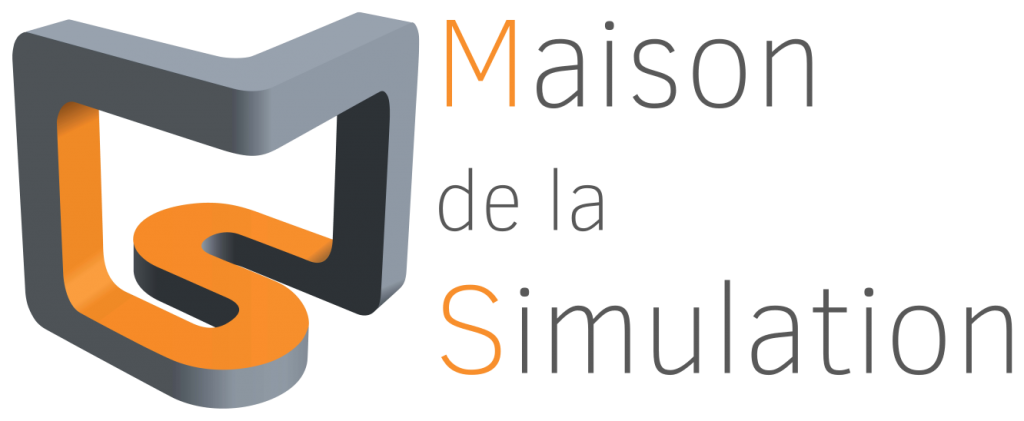🧑🏫 Nicolas Gac
🌎 Oct 24 2023
☕️ 10:00 AM
🏢 Maison de la Simulation, Batiment Digiteo Saclay, Salle Mandelbrot
🔗 slides
Résumé :
L’amélioration constante de la résolution des instruments parallèlement à la complexité croissante des méthodes de reconstruction basées sur des modèles de plus en plus précis, s’accompagne d’un besoin croissant en puissance de calcul. Les cartes accélératrices composées de GPU ou de FPGA sont une opportunité pour réduire l’écart technologique entre les systèmes d’acquisition et de reconstruction. Dans le contexte particulier de la résolution de problèmes inverses mal posés, mes travaux de recherche en adéquation algorithme-architecture visent à prendre en compte, en amont de la définition des méthodes, le potentiel et les limites des architectures d’accélération. Après une présentation du parallélisme offert par les architectures GPU et FPGA, le contexte algorithmique des méthodes bayésiennes et leur application en reconstruction tomographique seront présentés avec un focus sur l’accélération des opérateurs de projection/rétrojection utilisés en tomographie. Le projet ANR Dark-era portant sur l’accélération des calculs pour la radioastronomie sera ensuite présenté ; ce travail collaboratif vise à construire un outil de prototypage rapide fournissant des simulations exascales des futurs serveurs HPC nécessaires au traitement « temps réel » du flux de données massives du radiotélescope SKA. Enfin, des perspectives sur ces travaux seront exposées.
